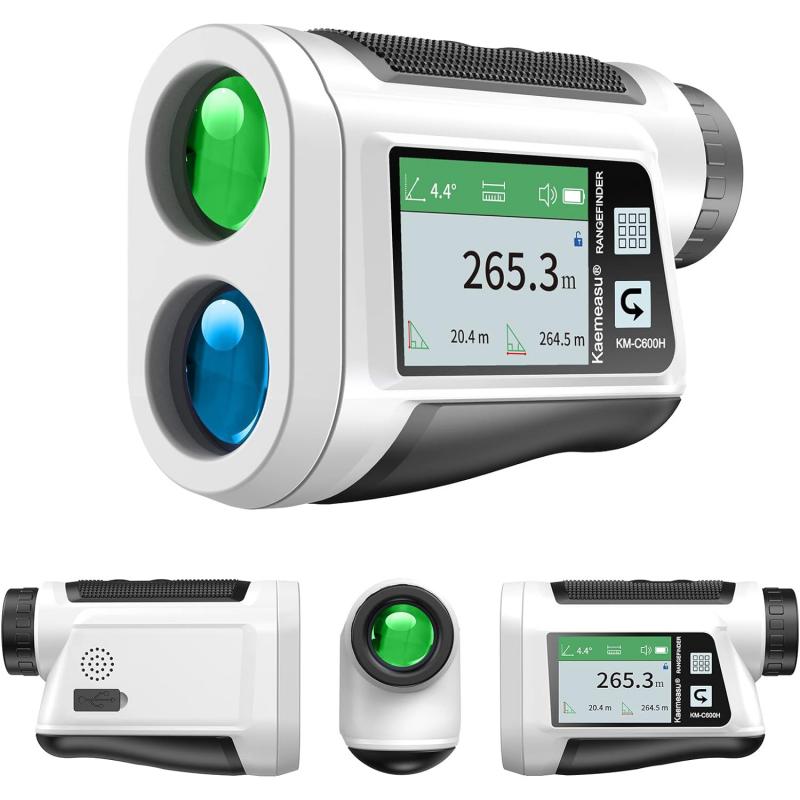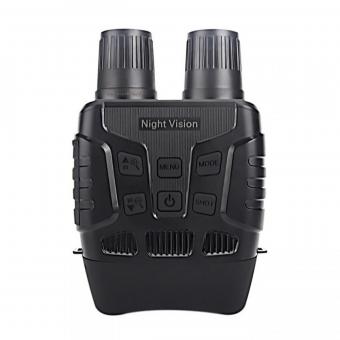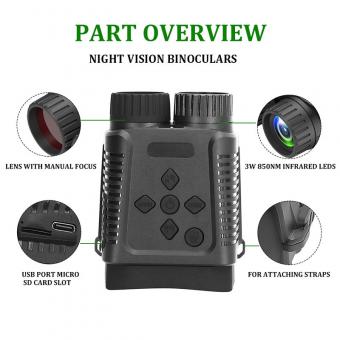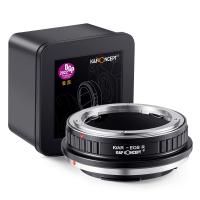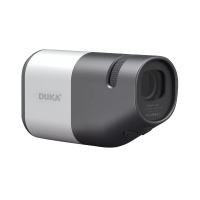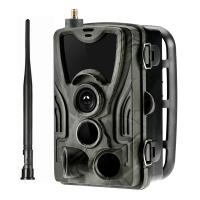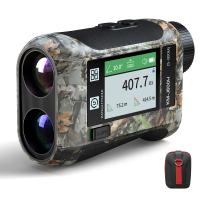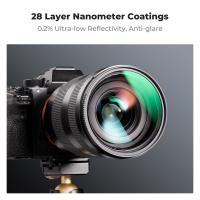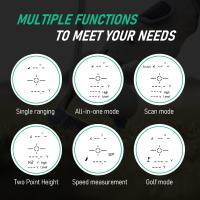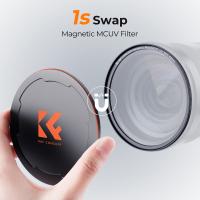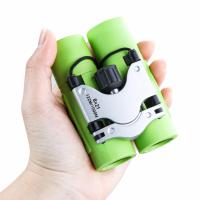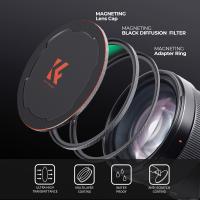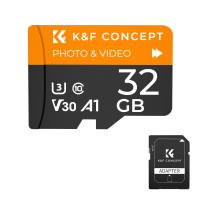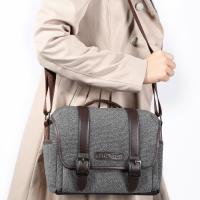How Are Binoculars Rated For Distance ?
Binoculars are typically rated for distance based on their magnification power and objective lens diameter. The magnification power indicates how much closer the viewed object will appear compared to the naked eye. For example, binoculars with a 10x magnification will make the object appear 10 times closer. The objective lens diameter determines the amount of light that can enter the binoculars, which affects the brightness and clarity of the image. Generally, larger objective lenses allow more light to enter, resulting in better image quality. However, it's important to note that the distance rating of binoculars is not solely determined by these factors. Other factors such as lens quality, optical coatings, and overall design also play a role in determining the performance and distance capabilities of binoculars.
1、 Magnification power
Binoculars are rated for distance primarily based on their magnification power. Magnification power refers to the degree to which the binoculars can enlarge the image of a distant object. It is typically denoted by a number followed by an "x" (e.g., 8x, 10x, 12x), which indicates how many times closer the object will appear compared to the naked eye.
The higher the magnification power, the greater the ability of the binoculars to bring distant objects closer. However, it is important to note that higher magnification power does not necessarily mean better performance. There are several factors to consider when rating binoculars for distance.
One crucial factor is the stability of the image. Higher magnification can amplify hand movements, making it challenging to maintain a steady view. This is particularly important when observing distant objects, as even slight movements can significantly affect the clarity of the image. Therefore, binoculars with higher magnification power often require additional stabilization mechanisms, such as image stabilization technology or tripod adaptability.
Another factor to consider is the size of the objective lens. The objective lens is the one farthest from the viewer and determines the amount of light that enters the binoculars. A larger objective lens allows more light to enter, resulting in a brighter and clearer image. This is especially important when observing distant objects in low-light conditions.
Additionally, the quality of the optics and lens coatings plays a significant role in determining the distance rating of binoculars. High-quality optics and advanced lens coatings can enhance image sharpness, contrast, and color fidelity, allowing for better long-distance viewing.
It is worth mentioning that the latest advancements in technology have led to the development of binoculars with impressive distance ratings. For instance, some binoculars now feature digital zoom capabilities, allowing users to magnify the image even further. However, it is important to note that digital zoom can sometimes result in a loss of image quality.
In conclusion, binoculars are rated for distance primarily based on their magnification power. However, other factors such as image stability, objective lens size, and optical quality also play a crucial role in determining the distance rating. The latest advancements in technology have further improved the distance capabilities of binoculars, providing users with enhanced long-distance viewing experiences.
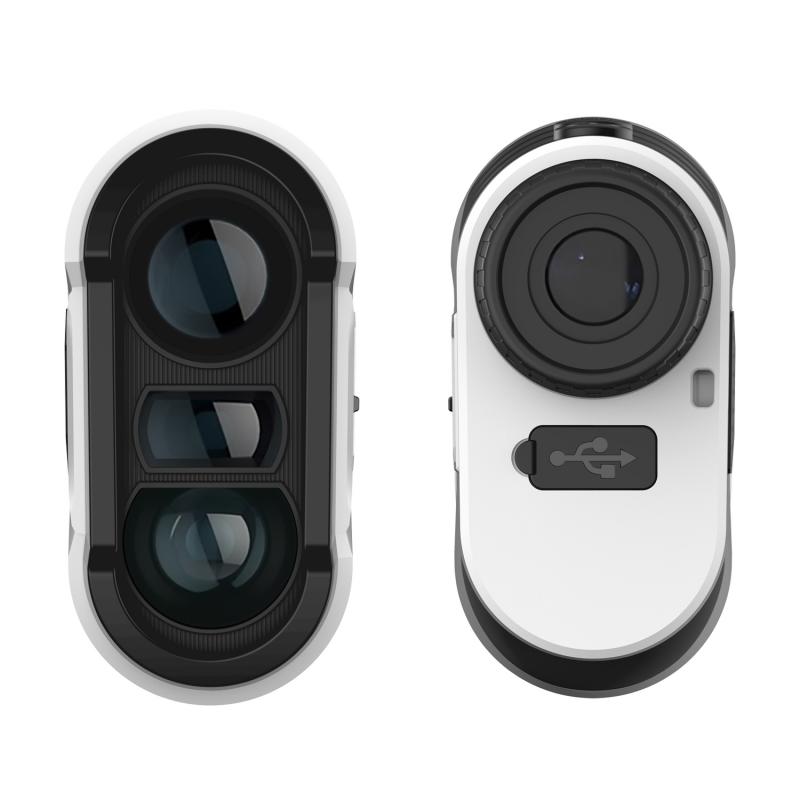
2、 Objective lens diameter
Binoculars are rated for distance based on several factors, with one of the most important being the objective lens diameter. The objective lens is the larger lens at the front of the binoculars that gathers light and forms the image. The diameter of this lens plays a crucial role in determining the binoculars' ability to gather light and provide a clear and detailed image.
The objective lens diameter is typically measured in millimeters and is denoted by the second number in the binoculars' specifications. For example, in a binoculars model labeled as "8x42," the objective lens diameter is 42mm. Generally, larger objective lenses allow more light to enter the binoculars, resulting in brighter and clearer images. This is particularly important when observing objects at a distance, as it helps to enhance the level of detail and visibility.
However, it is worth noting that while a larger objective lens diameter can improve image quality, it also increases the overall size and weight of the binoculars. This can make them less portable and more challenging to handle for extended periods. Therefore, it is essential to strike a balance between the desired level of image quality and the practicality of the binoculars for the intended use.
In recent years, advancements in lens technology have allowed manufacturers to produce binoculars with smaller objective lens diameters without compromising image quality. These compact binoculars are becoming increasingly popular due to their lightweight and portable nature. They are particularly favored by outdoor enthusiasts, hikers, and travelers who value convenience without sacrificing performance.
In conclusion, the objective lens diameter is a crucial factor in rating binoculars for distance. While larger objective lenses generally provide better image quality, recent advancements have allowed for smaller objective lenses to deliver impressive performance. Ultimately, the choice of objective lens diameter depends on the specific needs and preferences of the user.
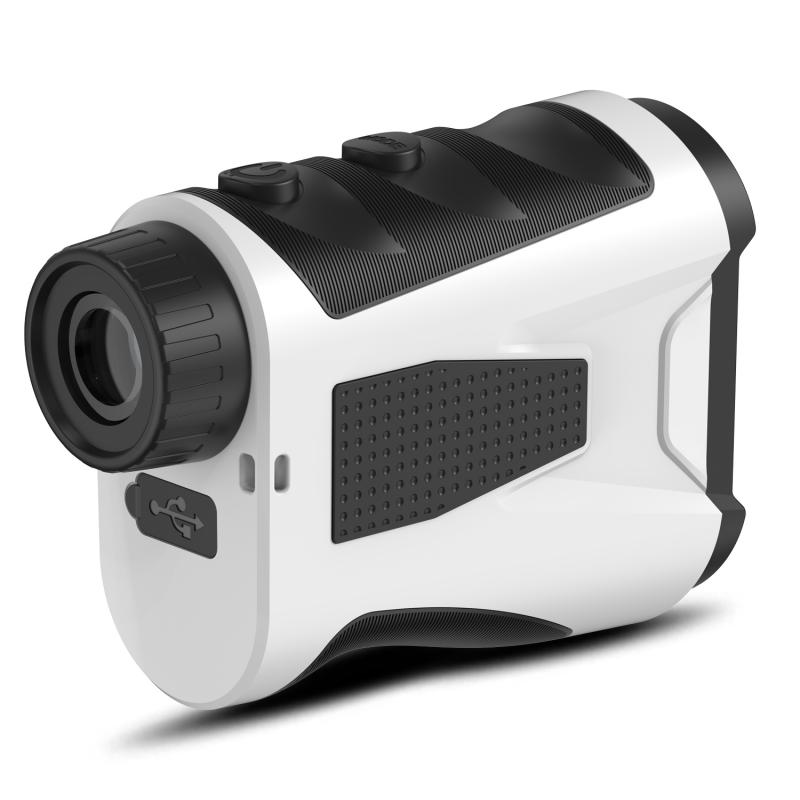
3、 Exit pupil size
Binoculars are rated for distance based on several factors, and one of the key considerations is the exit pupil size. The exit pupil refers to the diameter of the beam of light that exits the eyepiece of the binoculars. It is calculated by dividing the objective lens diameter by the magnification power of the binoculars.
The exit pupil size plays a crucial role in determining the amount of light that reaches the viewer's eye. A larger exit pupil allows more light to enter the eye, resulting in a brighter image. This is particularly important when observing objects at a distance, as it can enhance visibility in low-light conditions or during dusk or dawn.
However, it is important to note that the exit pupil size is not the sole factor in determining the distance rating of binoculars. Other factors such as lens quality, coatings, and overall design also contribute to the performance and clarity of the image at different distances.
In recent years, there have been advancements in binocular technology that have improved the distance rating. For example, the use of high-quality lenses and advanced coatings can enhance light transmission and reduce glare, resulting in improved image quality and clarity at longer distances.
Additionally, some manufacturers have introduced image stabilization technology in binoculars, which helps to minimize image shake and allows for clearer viewing at greater distances. This technology is particularly beneficial when observing distant objects without the need for a tripod or other stabilization devices.
In conclusion, while the exit pupil size is an important factor in rating binoculars for distance, it is not the only consideration. Advancements in lens quality, coatings, and image stabilization technology have also contributed to improving the distance rating of binoculars in recent years.
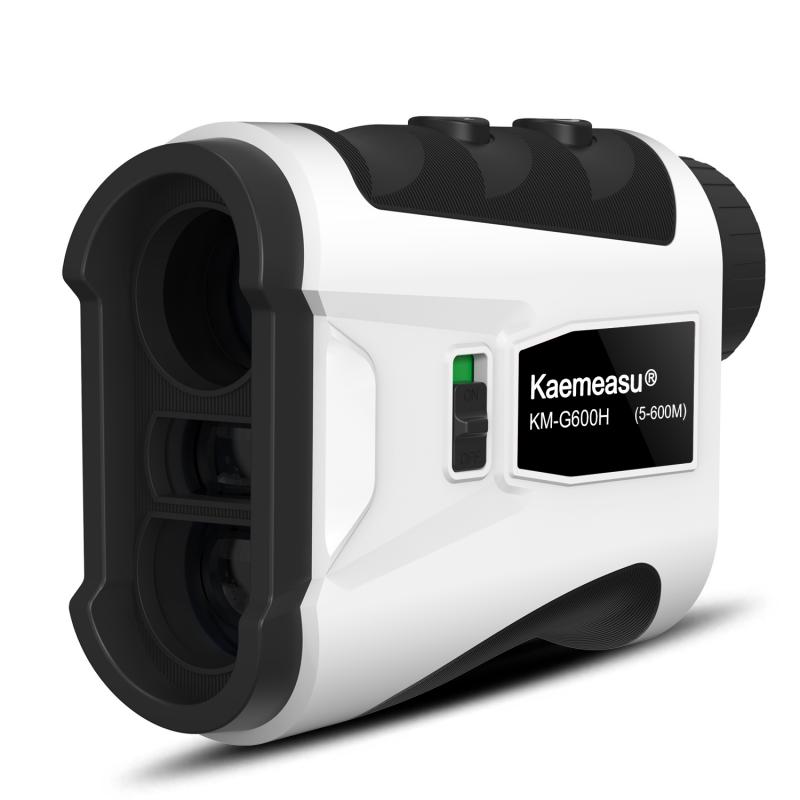
4、 Field of view
Binoculars are rated for distance primarily based on their field of view. The field of view refers to the width of the area that can be seen through the binoculars at a specific distance. It is usually measured in degrees and represents the angle of the visible area.
A wider field of view allows for a larger area to be seen, making it easier to locate and track objects, especially when observing fast-moving subjects or scanning large landscapes. Binoculars with a wider field of view are generally preferred for activities such as birdwatching, wildlife observation, and sports events.
The field of view is influenced by various factors, including the magnification power and the design of the binoculars. Higher magnification binoculars tend to have a narrower field of view, as the increased magnification zooms in on a smaller portion of the scene. On the other hand, lower magnification binoculars offer a wider field of view, allowing for a broader perspective.
Advancements in technology have led to the development of binoculars with wider fields of view. Manufacturers have been able to achieve this by incorporating innovative optical designs, such as wide-angle eyepieces and aspherical lenses. These advancements have significantly improved the viewing experience, providing users with a greater sense of immersion and enhancing their ability to observe distant objects.
It is important to note that while the field of view is a crucial factor in rating binoculars for distance, it is not the sole determinant. Other factors, such as lens quality, image stabilization, and overall build quality, also play a role in determining the performance and suitability of binoculars for long-distance viewing.
